If you’ve been shopping around for a new display lately, chances are you’ve come across terms like “slim bezel monitor” or “ultra slim bezel design.” But what does that actually mean? And more importantly, why should you care?
In this guide, I’m going to break down exactly what slim bezel monitors are, what makes them so popular, and how they can improve your workspace or gaming setup. Whether you’re in the market for a slim bezel 4K monitor, something that fits a dual monitor setup, or just curious about the trend, this post will cover everything you need to know.
The Basics: What Is a Slim Bezel Monitor?
In simple terms, a slim bezel monitor is a screen that has extremely narrow edges—often referred to as bezels—surrounding the display panel. These minimal frames help maximize the screen area while reducing distractions, especially for multi-monitor setups.
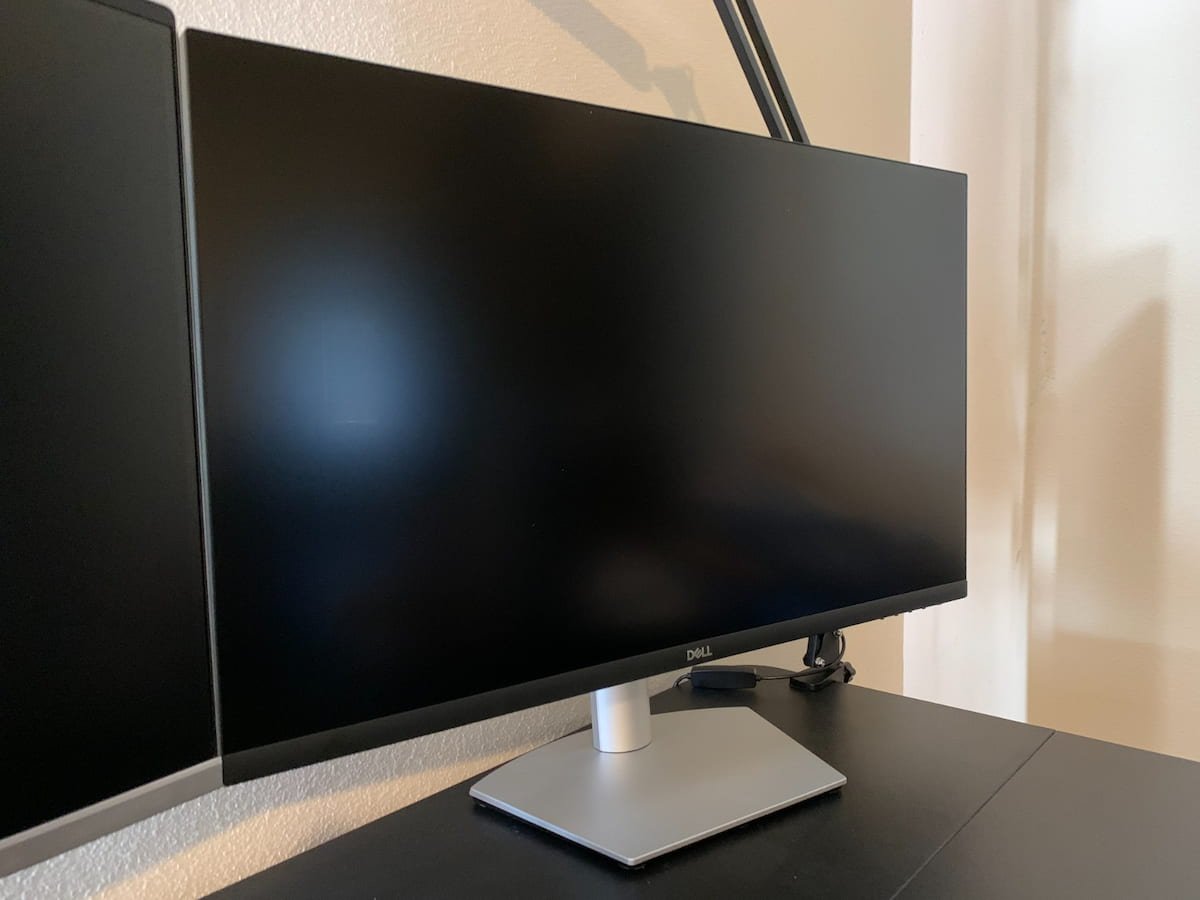
Think of a traditional monitor: it has a thick plastic frame around the edges, which cuts into the actual viewing space. Now picture a super slim bezel monitor—almost no border, just screen. That clean, uninterrupted design looks modern and professional, but it also enhances your viewing experience in real ways.
This design has become especially popular among people using setups for creative work, productivity, and gaming.
Why Are Slim Bezels So Popular?
There are a few reasons why this design trend is taking over:
- Better immersion: Whether you’re watching a movie or gaming, having less distraction around the edges of your screen makes the experience more immersive.
- Multi-monitor fluidity: If you’re building a slim bezel dual monitor or even triple monitor setup, thin bezels minimize the gap between screens.
- Clean design aesthetic: From a design standpoint, slim bezels look sleek, modern, and professional—great for any office or gaming setup.
How It Improves Your Workflow
Let’s talk about productivity. When you’re working with multiple programs, windows, or tabs open at once, you want as much screen real estate as possible. A monitor with slim bezel gives you more space to work with—and when you pair two or more together, the result is a seamless visual workspace.
If you’ve ever tried a Dell slim bezel monitor or an Acer slim bezel monitor, you’ve probably noticed how easy it is to move between screens without your eyes constantly catching the black border between them.
In fact, using something like a slim bezel 27 inch monitor gives you an ideal balance of size and style, especially if you do any sort of multitasking, content creation, or code development.
Ideal for Multi-Monitor Setups
A frameless or ultra-slim bezel design becomes even more powerful when used in a dual or triple monitor setup.
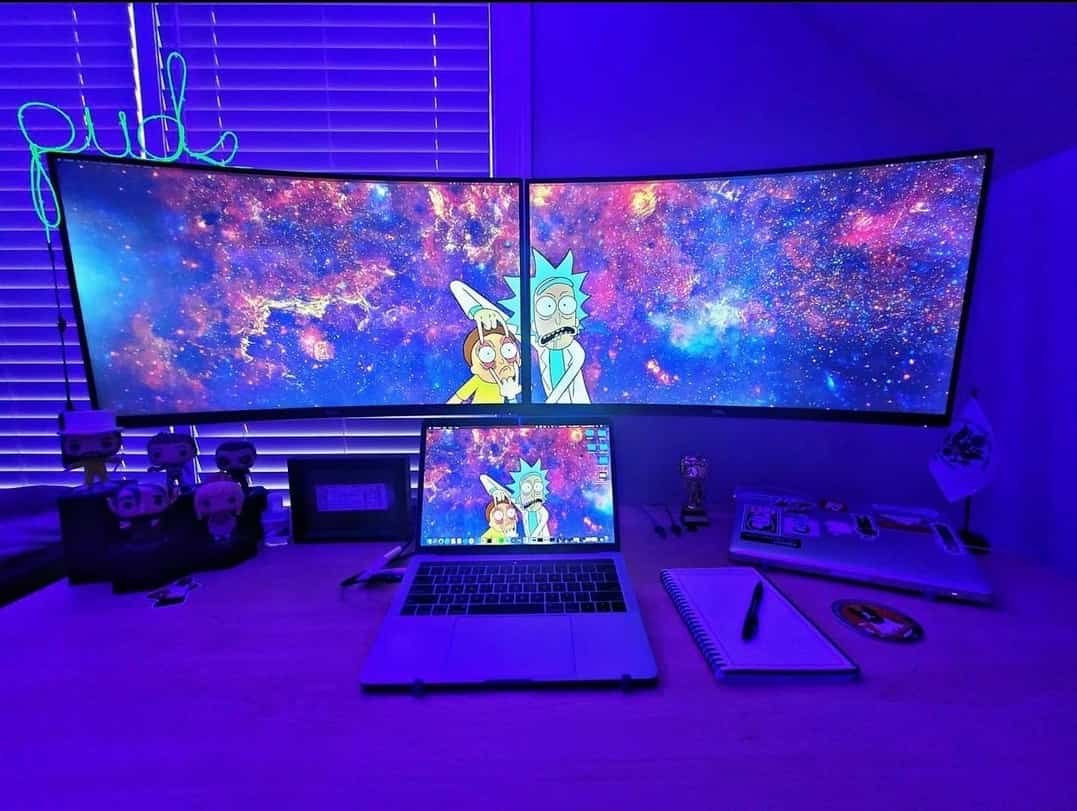
Here’s why:
- The narrow borders reduce visual interruptions between screens.
- It’s easier to achieve a near-continuous image across displays.
- You can orient monitors vertically or horizontally with minimal distraction.
If you’ve ever worked with a slim bezel VESA mount monitor, you’ll know how important the thin edges are for alignment. The whole setup looks cleaner, more intentional—and best of all, it’s functional.
Some models like the Asus slim bezel monitor or Dell’s UltraSharp series take this idea even further with almost invisible bezels, perfect for daisy-chaining multiple monitors together.
Gaming Benefits: Why Gamers Love Them
Gamers are one of the biggest audiences for slim bezel monitors. And for good reason.
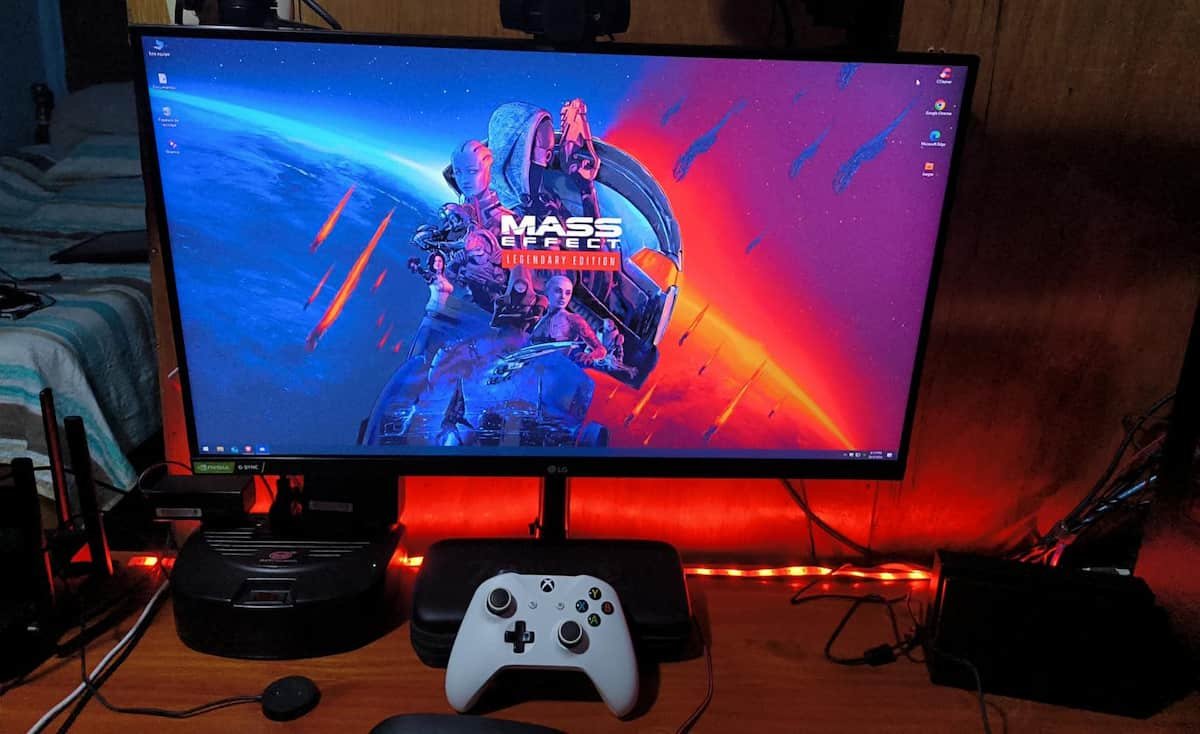
Many of today’s best gaming displays, like the slim bezel 144Hz monitor, are designed with esports and immersive play in mind. A thin bezel lets your focus stay locked onto the action without visual clutter.
Pair that with specs like:
- 144Hz or 165Hz refresh rate
- 1ms response time
- AMD FreeSync or NVIDIA G-Sync support
And you’ve got yourself a competitive monitor at a decent price. Pixio and Acer, for example, offer models that fit these specs and design.
Image Quality and Resolution
Just because the bezel is thin doesn’t mean the screen quality suffers. In fact, many 4K slim bezel monitor models are among the best in class. Brands like Dell, Asus, and ViewSonic offer displays with factory-calibrated color accuracy, high contrast ratios, and wide color gamuts—all with ultra-slim designs.
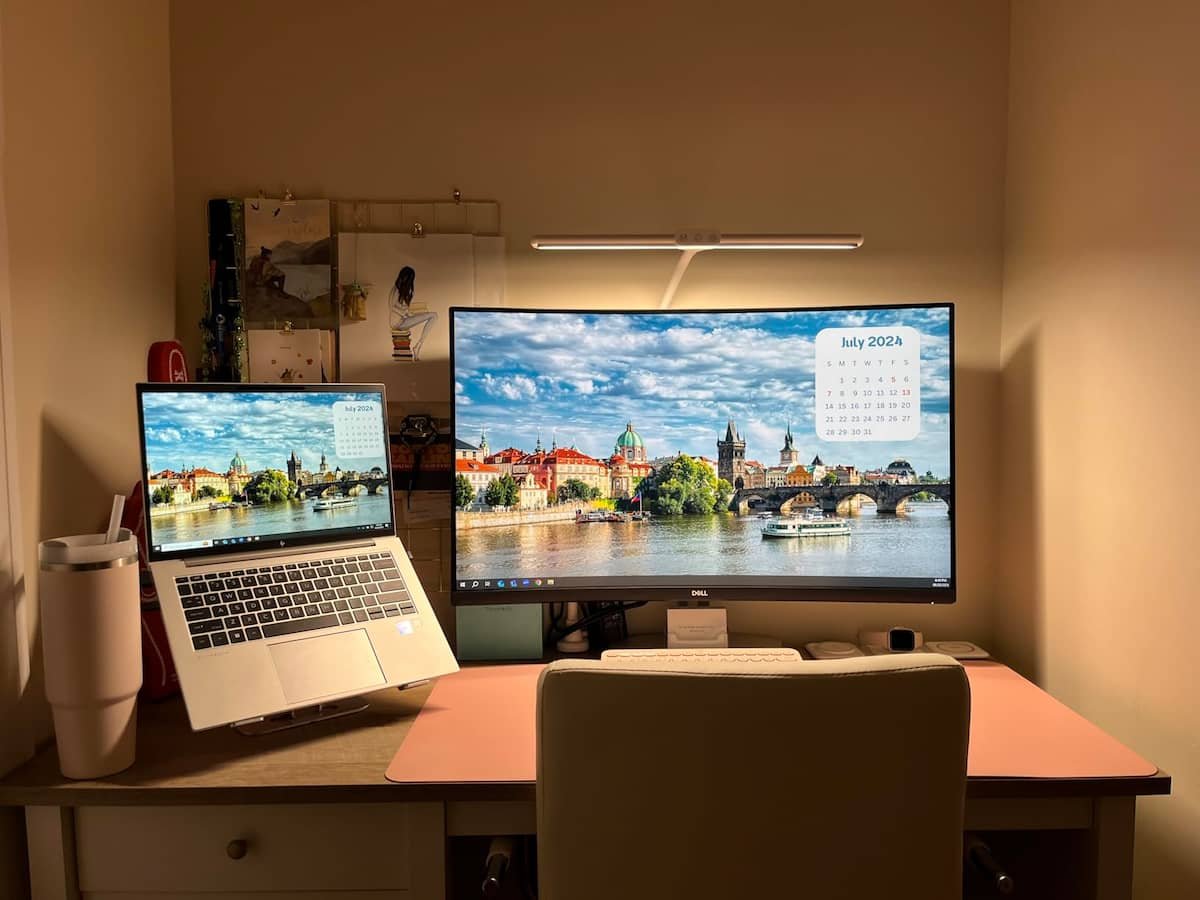
Looking for that sweet spot between price and performance? A slim bezel 4K monitor provides stunning detail without the distraction of a thick frame.
A Note on Webcam Placement
You might be wondering—if the bezel is slim, where do they put the webcam?
Some monitors, especially in the business category, come with a webcam for slim bezel monitor that’s built into the top edge. Others might have a pop-up webcam for better privacy and aesthetics. And if you’re using an external camera, the clean lines of the screen won’t interfere with placement.
Design vs. Function: Finding the Balance
Some people worry that a thinner bezel means the monitor is less durable. That’s not usually the case.
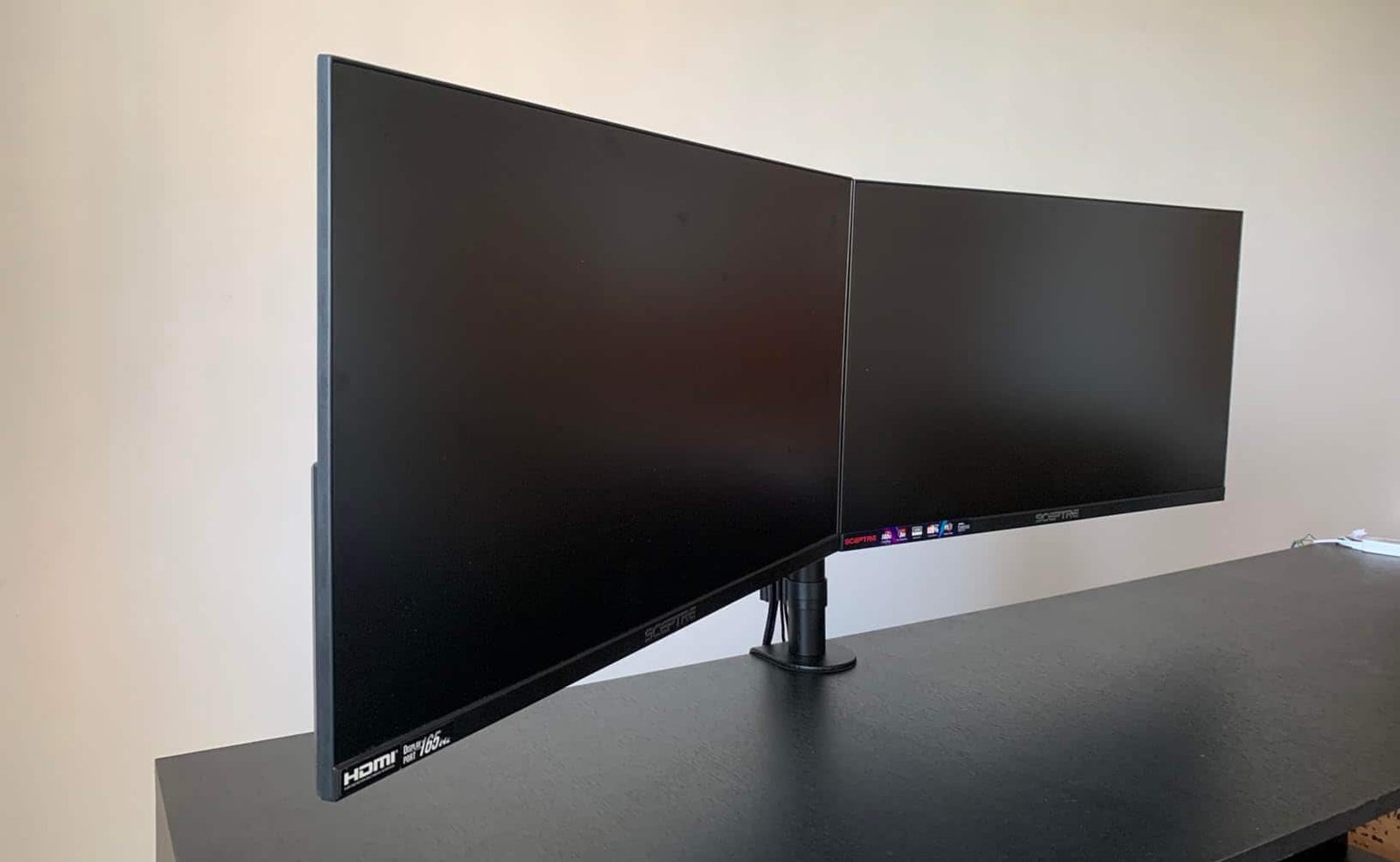
Modern ultra slim bezel monitors are designed with reinforced frames and use materials that keep the display sturdy without compromising on looks. If build quality is a concern, look for a model from a trusted brand like Asus, Dell, or Acer—they’re known for pairing aesthetics with durability.
International Curiosity: “Slim Bezel Monitor Bedeutung”
For German-speaking users searching for “slim bezel monitor bedeutung” (meaning), it all comes down to maximizing the visible display area while minimizing borders. The design improves immersion, increases focus, and often looks more elegant. It’s especially valuable in creative and professional environments where screen space is essential.
Popular Slim Bezel Monitor Models to Consider
Here are a few standout models that balance slim bezels with excellent performance:
| Model | Size | Resolution | Refresh Rate | Best For |
|---|---|---|---|---|
| Dell UltraSharp U2723QE | 27” | 4K | 60Hz | Professional Use |
| Asus TUF Gaming VG27AQ | 27” | 1440p | 165Hz | Gaming |
| Acer Nitro XV272U | 27” | 1440p | 144Hz | Mixed Use |
| ViewSonic VP2768a | 27” | 1440p | 75Hz | Creative Work |
| Pixio PX277 Prime | 27” | 1440p | 165Hz | Budget Gaming |
All of these monitors offer a monitor slim bezel design, and they support VESA mounting for flexible setups.
Conclusion – What Are Slim Bezel Monitors Really About?
Slim bezel monitors are more than just a design trend—they’re a practical upgrade that boosts both form and function. Whether you’re creating a slim bezel dual monitor setup for work, leveling up your gaming rig with a slim bezel 144Hz monitor, or simply want a cleaner desk space, there’s a display out there that fits your needs.
So, if you’ve been wondering whether a monitor with slim bezel is worth it—the answer is yes. They offer style, immersion, and flexibility without compromise. And with so many models from brands like Acer, Dell, Asus, and others, you’re bound to find one that suits your workflow and your budget.
Let the bezels shrink—and your productivity grow.